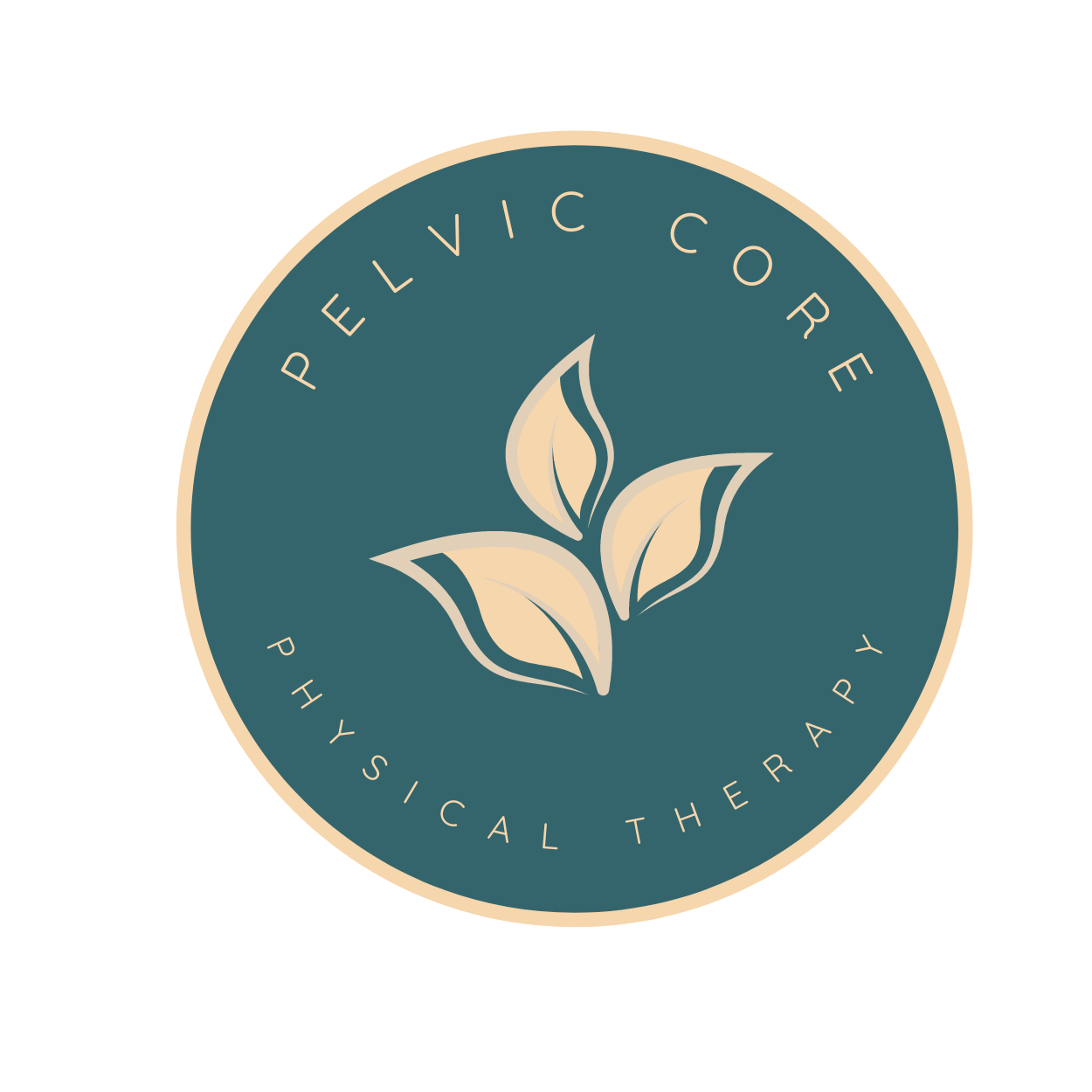Bouncing with Confidence: How Pelvic Floor Physical Therapy Rescues You from Leaking While Jumping
If you are dealing with leaking while jumping, you are not alone! This is a common issue that people of all ages and life stages deal with.
Leaking with impact is often a sign of a pelvic floor dysfunction. Causes of leaking with jumping can include things like pelvic floor muscle tightness (yes, really!), pelvic floor muscle weakness, pelvic organ prolapse, issues with pressure management (how you’re breathing and using your core), or issues with coordination of surrounding muscles and joints. There can also be lifestyle factors such as fluid intake or dietary irritants that contribute to leaking. Because of the complexities of leaking with jumping, we always recommend an individualized assessment from a pelvic floor therapist to address the root causes of your leaking. But in the meantime… Here are some tips and tricks to try to improve leaking with jumping:
Focus on breath: This can be looked at a few ways, depending on the type of jumping activity. For a single jump and land such as a box jump - think of inhaling to prepare to jump, and exhaling through the jump and land. The most forceful part of your exhale should be upon landing. For an exercise with repetitive impact such as jumping rope - try implementing a breathing pattern such as “inhale, inhale on the first two jumps, exhale,exhale for the next two jumps”. Our breathing coordinates with our pelvic floor to manage pressure in the body, and if you are holding your breath this places a high demand on pelvic floor muscles.
Explore your posture: First off, there is no perfect posture! But when it comes to jumping it’s important to think of “stacking” your ribcage directly over your pelvis. This allows for the most efficient use of your pelvic floor.
Implement strength training: Simply put, if you do not have the strength to absorb forces or maintain the correct posture for the movement, your pelvic floor has to do too much. Try to strengthen the muscles surrounding your hips, knees and ankles to improve the ability to absorb forces and maintain stability.
Take breaks: If you're doing high-impact exercises, consider taking breaks between sets to give your pelvic floor muscles a chance to recover.
Check in with fluid intake: Drinking either too little or too much fluid can contribute to leaking. If you are dehydrated - your urine becomes concentrated which makes it a bladder irritant which can contribute to leaking. Also, if you are drinking too much fluid for your weight then your bladder just won’t be able to resist the impacts of jumping while it is overly full. A simple way to estimate how much water you need is to think about your weight in pounds, half that, and drink that much in oz per day. Of course this varies based on activity level, climate, and how much you sweat but this is a good start.
Bladder irritants: Certain foods and drinks are bladder irritants. One bladder irritant for one person may not be an irritant at all for the next. Complete a bladder diary for a few days to see if you notice any foods or drinks that increase your leaking. Some examples of irritants can be carbonated or caffeinated beverages, acidic foods or drinks, and alcohol.
We hope this list gives you a good place to start, and an idea of how complex leaking with jumping can really be. If you have stopped doing things that you used to love due to leaking, we urge you to get help! Schedule your free 15 minute phone consultation with us today and get started on your healing journey.

